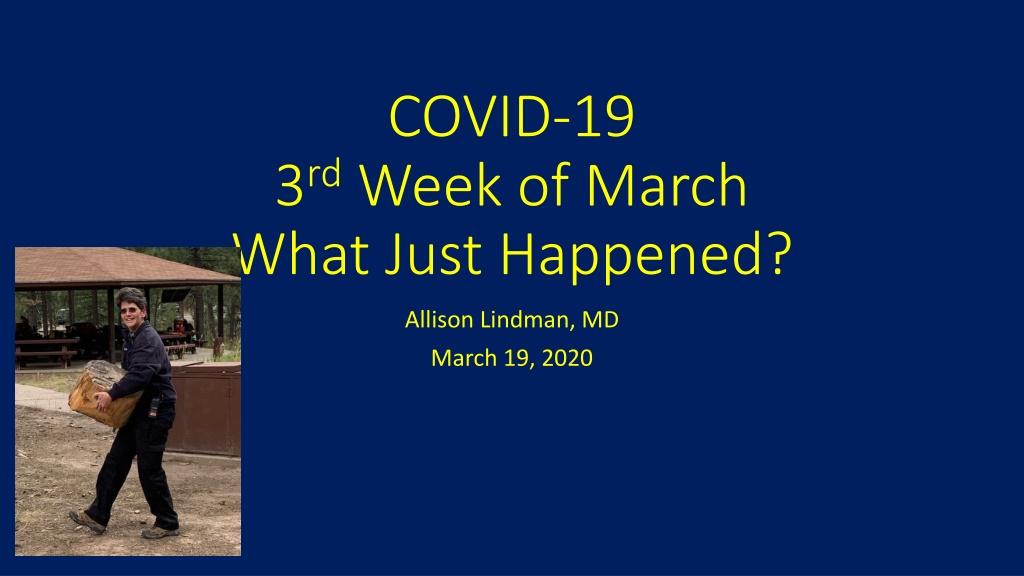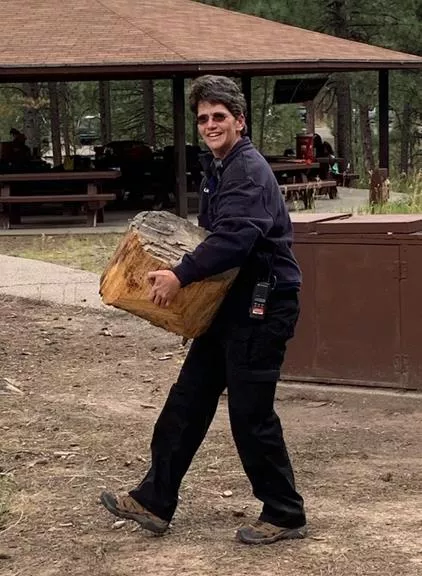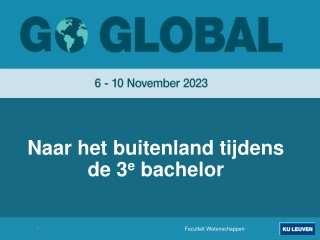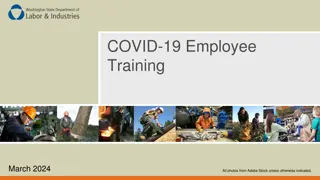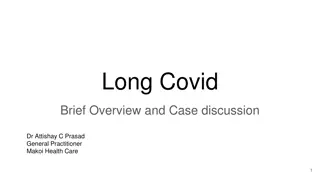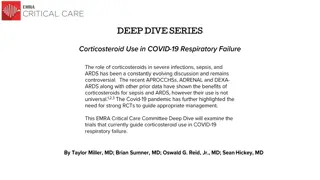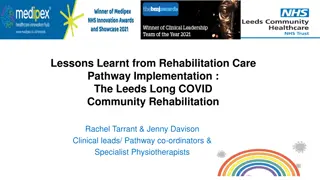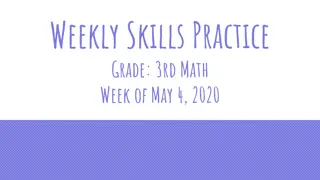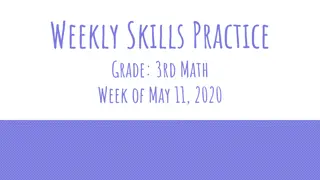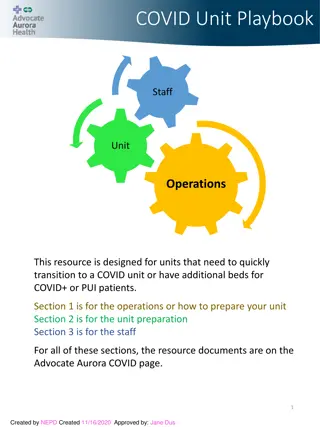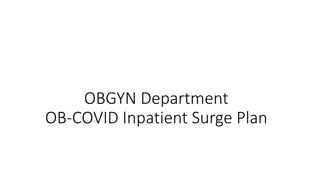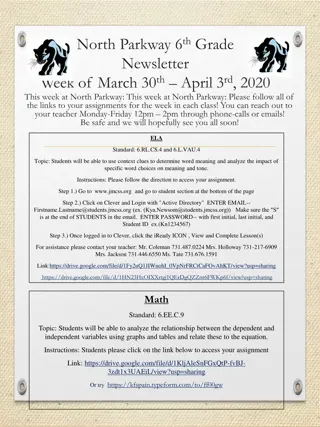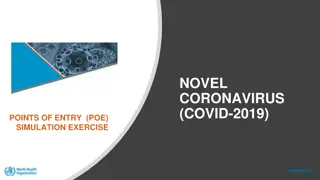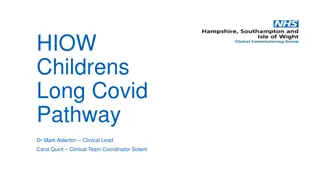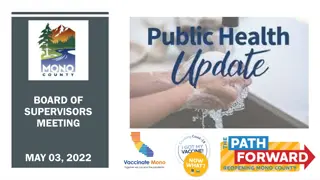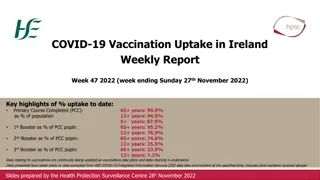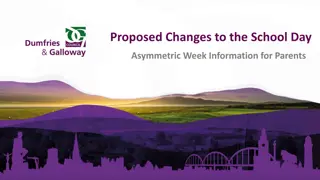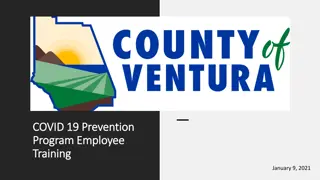COVID-19 Update: 3rd Week of March Overview
Key highlights from the 3rd week of March 2020 regarding COVID-19 include the situation in New Mexico, national statistics, global figures, the importance of ventilators in severe cases, transmission rates, and strategies for outbreak control. Information on cases, deaths, government actions, and medical aspects like Acute Respiratory Distress Syndrome (ARDS) are covered.
Uploaded on Sep 27, 2024 | 0 Views
Download Presentation

Please find below an Image/Link to download the presentation.
The content on the website is provided AS IS for your information and personal use only. It may not be sold, licensed, or shared on other websites without obtaining consent from the author.If you encounter any issues during the download, it is possible that the publisher has removed the file from their server.
You are allowed to download the files provided on this website for personal or commercial use, subject to the condition that they are used lawfully. All files are the property of their respective owners.
The content on the website is provided AS IS for your information and personal use only. It may not be sold, licensed, or shared on other websites without obtaining consent from the author.
E N D
Presentation Transcript
COVID-19 3rd Week of March What Just Happened? Allison Lindman, MD March 19, 2020
Disclosures and Disclaimers No relevant financial interests Content and opinions are the author s and do not necessarily represent those of Jemez Springs Library administration, the municipality of Jemez Springs, or any other entity.
New Mexico 3/19/2020 https://cv.nmhealth.org/ 28 Cases 1st case of Community Transmission Department of Health Secretary issued more stringent mitigation measures
Nationally 3/19/2020 https://www.cdc.gov/coronavirus/2019-ncov/cases-updates/cases-in- us.html 10442 cases, 150 deaths (Case Fatality Rate 1.4%) All 50 states, DC, Puerto Rico, Guam, US Virgin Islands President declared national emergency Stricter social distancing measures Federal government working to enact economic relief
Globally 3/19/2020 https://www.arcgis.com/apps/opsdashboard/index.html#/bda759474 0fd40299423467b48e9ecf6 235,404 cases, 9785 deaths (CFR 4.2%) Italy 41,035 cases, 2405 deaths (CFR 8.3%) Korea 8565 cases, 91 deaths (CFR 1.1%)
Why all the talk about ventilators? Severe pneumonia Acute Respiratory Distress Syndrome (ARDS) Immune response is overactive Blood vessels leak fluid into the air sacs Lungs fill up with fluid Requires mechanical ventilation Breathing tube Ventilator machine to force air in Mathay, et al. Acute Respiratory Distress Syndrome Nat Rev Dis Primers. 2019 Mar 14; 5(1): 18.
Transmission Rates Basic Reproduction Number: A measure of how contagious a pathogen is. Number of people infected by one person COVID-19 2.5 R0 1 disease no longer spreading
Strategies to Control Outbreaks Containment trace, isolate, quarantine individuals Mitigation social distancing , cancel gatherings Goal is to slow the epidemic Flatten the Curve Hospitals not overwhelmed Time to develop vaccine Time to develop/discover effective treatment
DOI: https://doi.org/10.25561/77482 What changed the tone?
Ferguson et al. DOI: https://doi.org/10.25561/77482 Non-Pharmaceutical Interventions (NPIs) Strategies to control spread of COVID-19 Not vaccine or medications Suppression Mitigation
Ferguson et al. DOI: https://doi.org/10.25561/77482 Suppression -- pros Reduce reproduction number R <1 - disease stops spreading Suppression -- cons Immunity does not build up in the population Needs to be maintained as long as the virus is circulating or until vaccine is developed (12-18 months) Social and economic costs
Ferguson et al. DOI: https://doi.org/10.25561/77482 Mitigation -- pros Slows spread of disease, but R0 >1 Goal is to minimize impact on health care system Population immunity builds Mitigation -- cons Higher risk population still at risk for critical illness/death Mortality may still be high
Ferguson et al. DOI: https://doi.org/10.25561/77482 Census information of Great Britain for population density, household size, age, school class size, workplace size, etc. Computer simulation assigning individuals to these locations Transmission 1/3 household 1/3 school/workplace 1/3 community
Ferguson et al. DOI: https://doi.org/10.25561/77482 Start simulation from early January, 2020 Calibrated simulation to agree with observed outbreaks in GB and US as of March 14. Continue simulation on this trajectory Educated guesses based on data from outbreak in China to make estimates for Critically ill patients Deaths Duration of hospitalization Duration of ICU care
Ferguson et al. DOI: https://doi.org/10.25561/77482 Evaluate potential impact of NPIs Factor in population compliance Case isolation in home Voluntary home quarantine Social Distancing for those >70 years old Social Distancing of entire population Closure of schools and Universities
Ferguson et al. DOI: https://doi.org/10.25561/77482 Results for US Do nothing different 80% population infected Deaths peak in June at 523,520/day Total COVID-19 deaths 2.2 million Does not include deaths from other causes due to overwhelmed healthcare system ICU beds overwhelmed by April Demand > 30X capacity
Ferguson et al. DOI: https://doi.org/10.25561/77482 Results for mitigation in GB extrapolated to US Best mitigation strategy: case isolation, home quarantine, social distancing >70y.o. Reduces peak ICU demand by 2/3 Reduces deaths by ICU demand 8X capacity
Ferguson et al. DOI: https://doi.org/10.25561/77482 Results for suppression To achieve R0 <1 Case isolation Social distancing of entire population School/University closure Household quarantine ICU demand peaks 3 weeks after policies in place and then declines Decline continues as long as policies remain in place
Ferguson et al. DOI: https://doi.org/10.25561/77482 Results for suppression
Ferguson et al. DOI: https://doi.org/10.25561/77482 Results for suppression policy with triggers When ICU demand reaches a certain threshold, suppression policies initiated When ICU demand falls below a threshold, policies are discontinued Easier to implement than fixed time triggers Allows for localized implementation
Ferguson et al. DOI: https://doi.org/10.25561/77482 Suppression triggers
Ferguson et al. DOI: https://doi.org/10.25561/77482 suppression policies are best triggered early in the epidemic well before peak ICU demand occurs social distancing (plus school and university closure, if used) need to be in force for the majority of the 2 years of the simulation
Wait, wait, WAIT! Are we really going to have to stay inside for a year?!? WAIT!
Variables may change over next 3-6 months Observe results from China and other countries as they relax restrictions Build up enough supply of test kits and health care infrastructure to revert back to Containment strategy test, trace, isolate Start blood testing for antibodies to SARS-CoV-2 to determine people who had asymptomatic or mild cases Those people should be immune and can get out working in the community
I believe This is the new normal It will be 12 months In the better angels of our nature We are a resilient community, society, country We will rise up to help each other We will do all of these things as long as we know what to expect and why
Conclusion Based on computer models, suppression is the most effective way to address the epidemic in the US Suppression measures are effective as long as they are in place It takes 3 weeks to see the results THINGS WILL GET WORSE BEFORE WE SEE THEM GETTING BETTER Local governments may enact and ease suppression measures cyclically based on ICU bed demand and availability Be prepared to follow these measures for at least a year
Thank you! Amanda Lewis Janet Phillips Brittney VanDerWerff These presentations don t get out to you without their help! jsplibrary.org facebook.com/jemezspringslibrary
